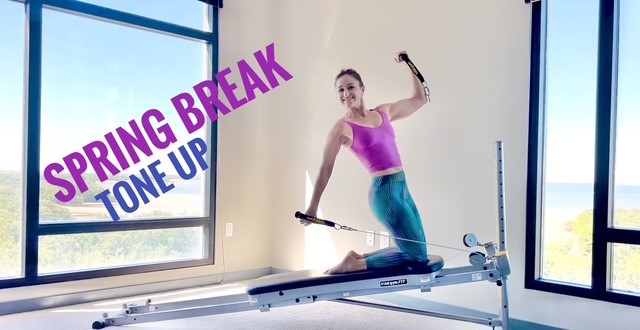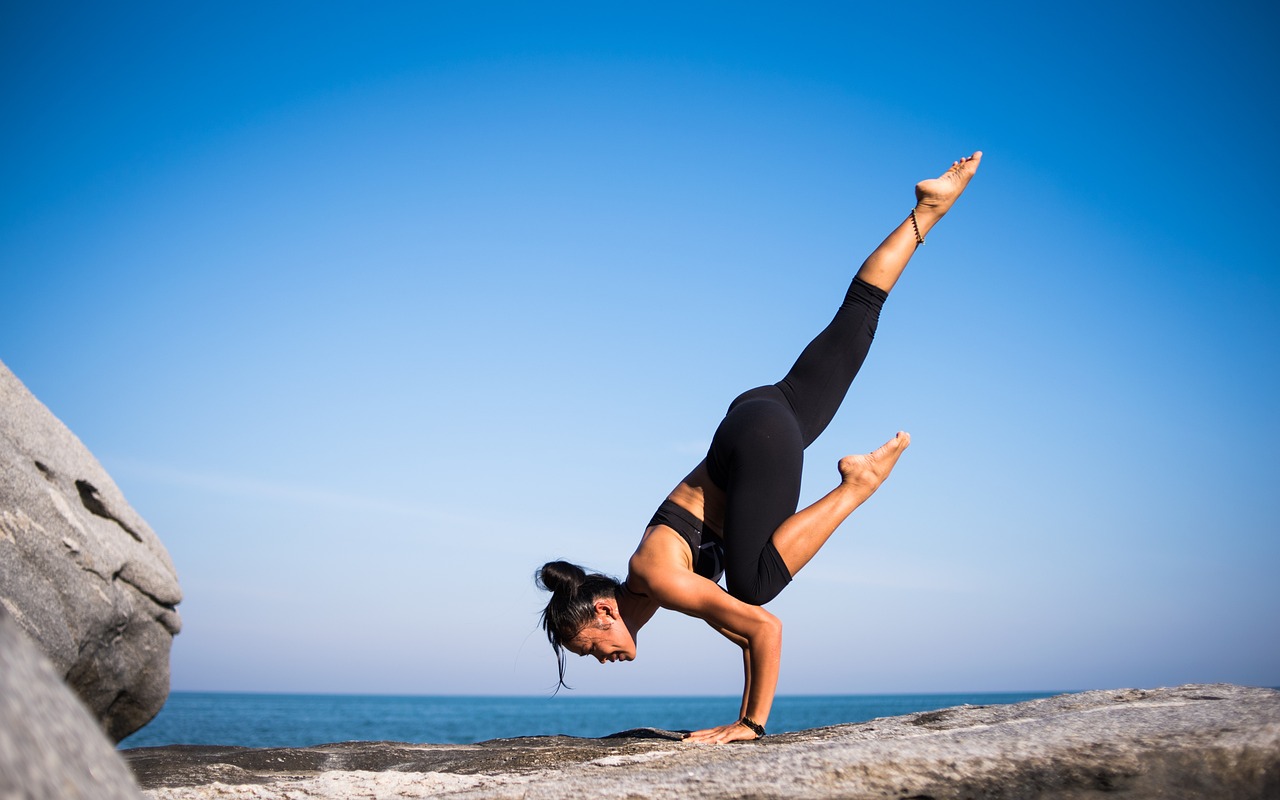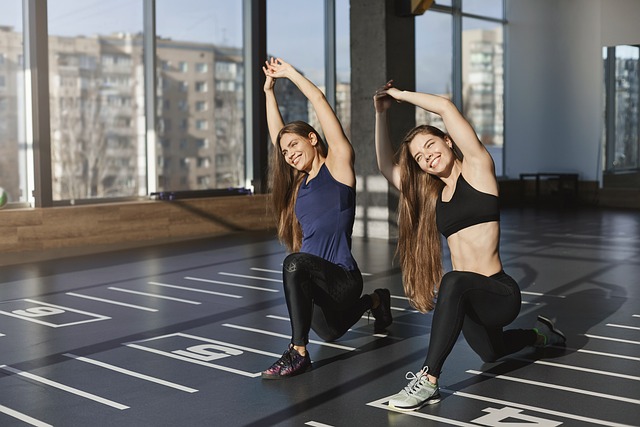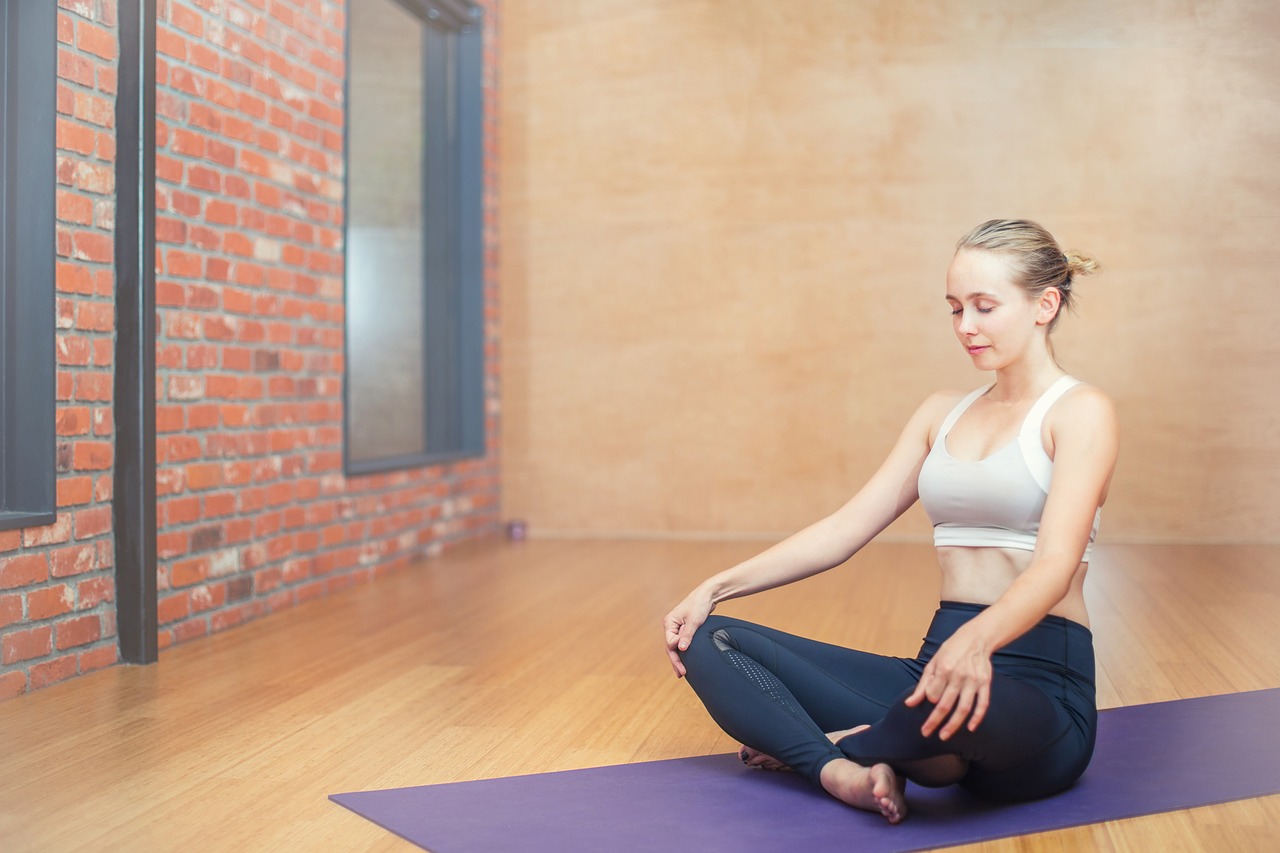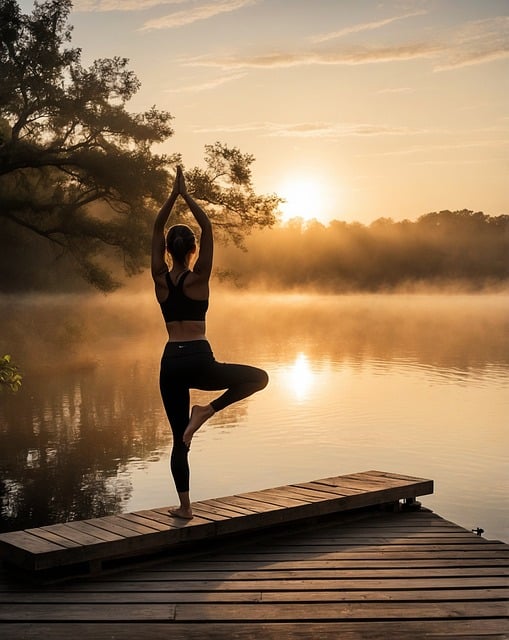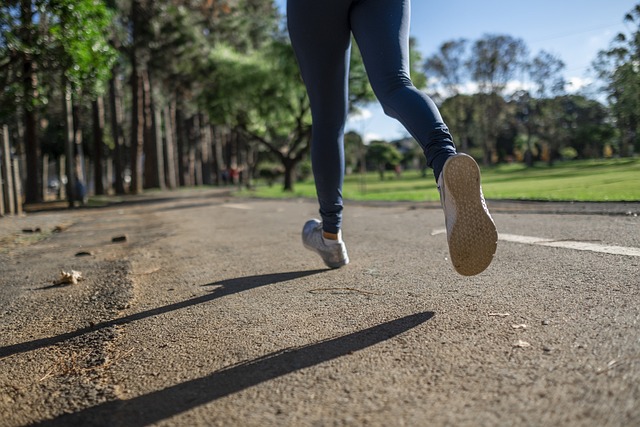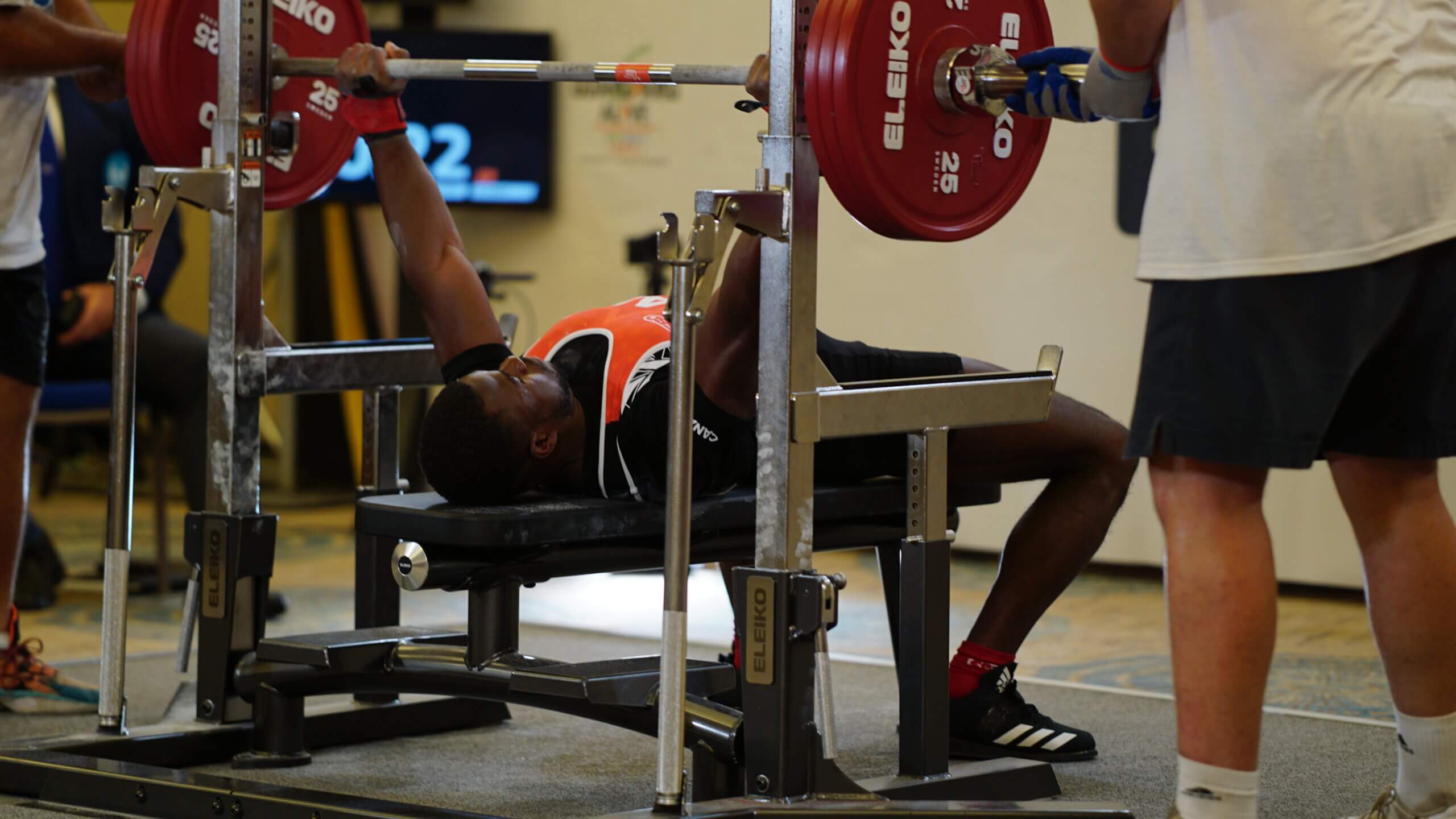In 2007, Italian police arrested Salvatore Lo Piccolo.
This dude was an actual boss from the real life Sicilian Mafia.
As they explored his house, they stumbled across what they believed to be their official “10 commandments” of their crew.
In other words, “If you want to be a good mobster, follow these 10 easy steps!”
- No-one can present himself directly to another of our friends. There must be a third person to do it.
- Never look at the wives of friends.
- Never be seen with cops.
- Don’t go to pubs and clubs.
- Always being available for Cosa Nostra is a duty – even if your wife’s about to give birth.
- Appointments must absolutely be respected.
- Wives must be treated with respect.
- When asked for any information, the answer must be the truth.
- Money cannot be appropriated if it belongs to others or to other families.
- People who can’t be part of Cosa Nostra: anyone who has a close relative in the police, anyone with a two-timing relative in the family, anyone who behaves badly and doesn’t hold to moral values.
These rules certainly don’t cover every single decision that every mobster needs to make every day, but they are rules that somebody can learn, internalize, and apply when they find themselves in a precarious situation and are unsure how to act.
The Mob isn’t the only crew that has rules either.
Ancient Samurai in Japan, had “Bushido” aka “The way of the warrior.” 8 rules for their personal code of conduct:
- Righteousness (Justice)
- Courage
- Benevolence (Mercy)
- Respect
- Honesty
- Honor
- Loyalty
- Self-Control
Elsewhere, knights in medieval Europe had a “Code of Chivalry,” which covered things like “protection of the weak and poor, courtesy and respect, courage and military prowess.”
Maximus Decimus Meridius in Gladiator and his fellow soldiers always picked each other up with “Strength and honor.”
In 300, Spartan Soldiers knew to “come home with your shield, or on it.”
We have Rules for the Nerd Fitness Rebellion too!
I bring up these rules because we might not be mobsters, knights, or samurai…
But I bet adding some rules to your life could help.
Rules can help us make decisions.
Life is complicated, and our brains are capable of talking us into and out of various decisions.
However, when we have a rule in place, it allows us to make a clear choice rather than agonizing over it.
More importantly. We can make a rule ONCE, and then we don’t have to waste any brainpower or willpower on each decision later on.
Here’s a quick example:
Most of the successful popular diets are simply a list of rules that people follow that get them to eat fewer calories.
I’m not saying any of these strategies above are better or worse than any others, either. I bring up these heuristics because they have helped many, and been unhelpful for many.
Each person can come up with a set of aspirational rules that help them level up their lives.
I certainly have “fitness” rules that I usually follow:
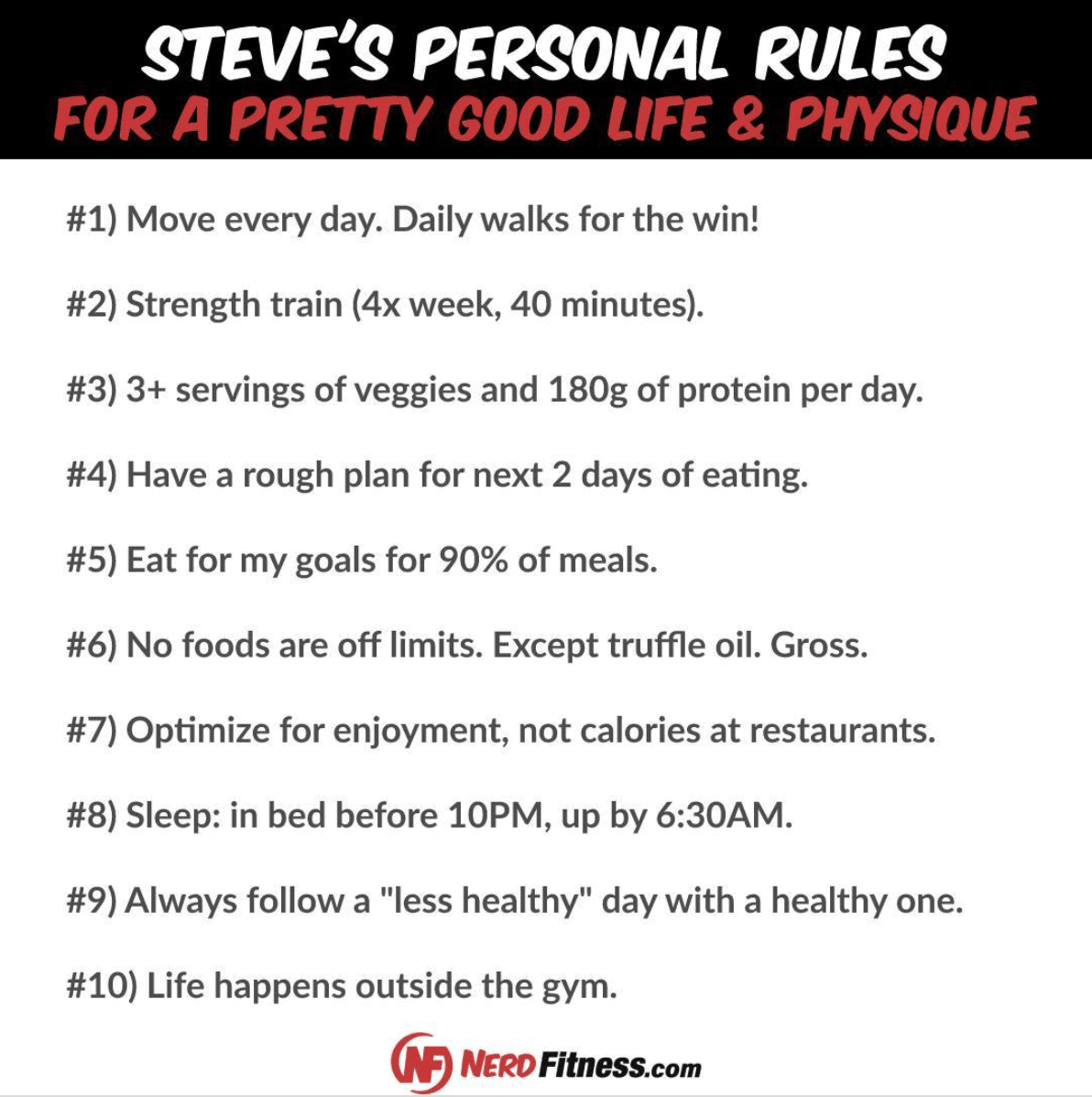
I know when I follow these rules, “the Way of the Nerd,” I have a pretty good chance of staying fit, healthy, and feeling good about myself.
I also have rules about interacting with the world and being a good human:

These specific rules might not work for you, and that’s okay.
They’re my rules.
Your rules must reflect your situation.
We Respect the Rules of Others
Here’s another fun hack: we might not like all rules, but we tend to respect other people’s rules:
our coworker offers you a donut, and you say “ohhhhh, I shouldn’t.” They might come back with “c’mon, live a little,” because they don’t want to be the only person eating a donut…
But if you say “I have a rule that I don’t eat donuts on weekdays,” then you have a hard rule that you’re following, and your coworker will probably respect this.
Some people might abstain from certain foods or drinks for religious or personal reasons.
There’s no reason you can’t have rules for whatever damn reason you want to!
What are YOUR rules?
A good combination of aspirational, professional, and society-improving rules is a good place to start. Or heck, just one of each!
Heck, even one for each can be a good place to start.
These rules should be YOURS.
Here are some ideas to help you get started:
- At work “I do what I say I’m going to do, on schedule, or I tell my team ahead of schedule if I need more time.”
- With friends, “I always send a thank-you note after being invited to something by a friend”
- For health, “I only drink alcohol on Friday night and Saturday while watching college football”
- For sleep, “I only watch 1 episode of TV per night. I stop playing video games and turn off social media at 8pm.”
Start writing down some aspirational rules and see how it feels.
I find the more specific and pass/fail the rules are, the more likely you’ll be to follow them.
Rules that actually help you make the long-term right decision in tough situations. You know, those situations where your lizard brain says “eat the candy!” or “drink the drink” or “stay up late and doomscroll for 7 hours!”
Rules can also be pre-emptive so you don’t end up in those situations in the first place.
We can use technology, app-blocking software, or recruit our friends to help us stay true to our rules.
Once you identify your rules, and actually write them down, keep track of how you’re doing with them.
If you find yourself breaking your rules more frequently than not, it might be time to adjust the rules, do some deep thinking, or work with a therapist to start figuring out why and what’s going on.
Remember, failure can be one hell of a teacher, and leaning into the fear is a great chance to learn the lesson life is trying to teach us.
-Steve
